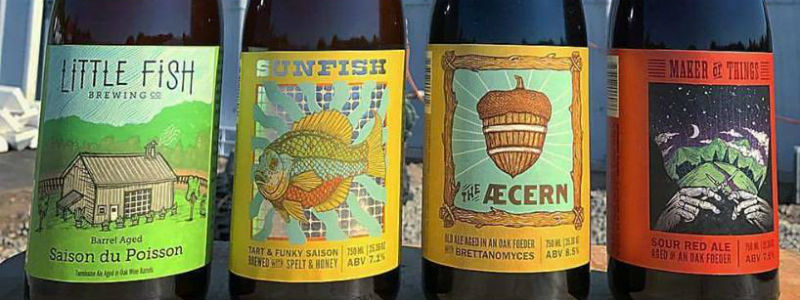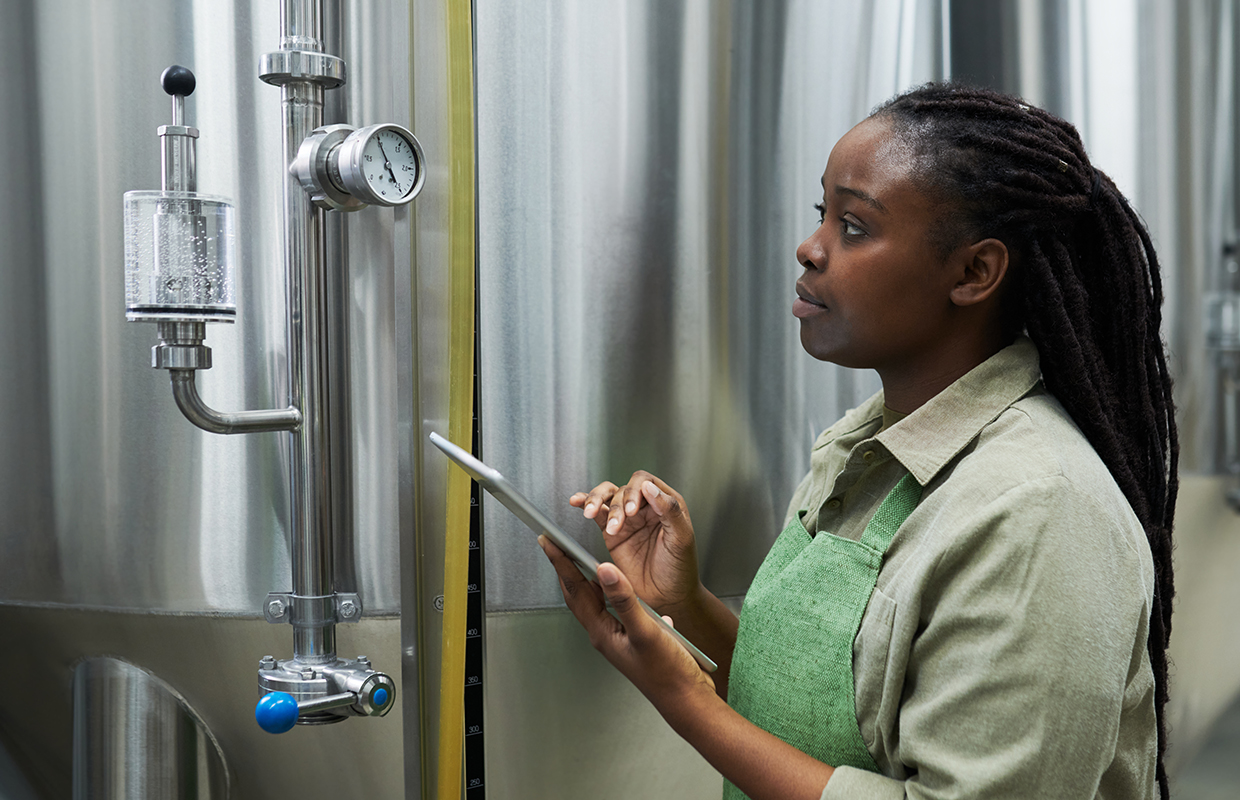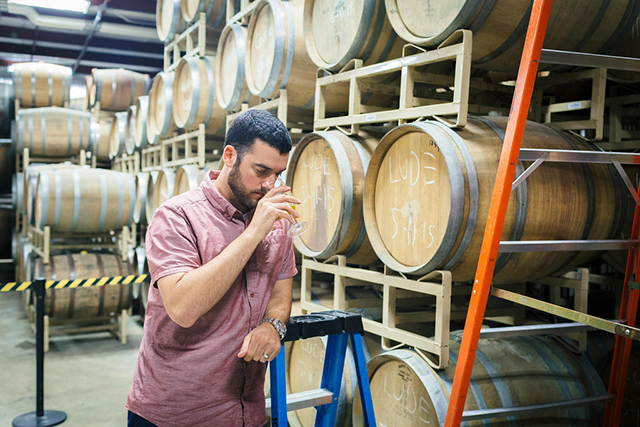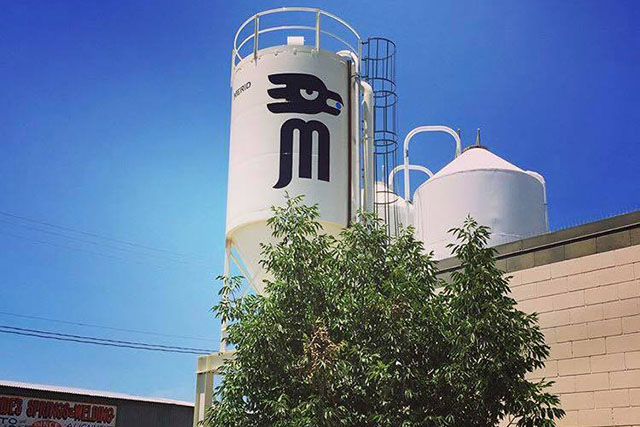
When it comes to small packaging runs or even a larger batch that you want to be just right, going back to your homebrewing roots might help some breweries that are looking to bottle condition certain beers said Sean White, co-founder of Little Fish Brewing.
Speaking at the Ohio Craft Brewers Association’s yearly conference, White discussed how his Athens, Ohio brewery uses bottle conditioning for it’s barrel-aged beers and Saisons.
“I like the tradition of it,” he said. “It’s easy to maintain higher carbonation levels than you might be able to on a forced carb basis. Plus there are some great flavors that you get when you bottle condition Brett beers.
“You get different layers of character might not get if force carbonating the same beer.”
White noted that all the process for priming beers with sugar can apply to clean beers as well, but his team personally is wary of packing wood-aged clean beers.
“It scares me because you can have infection issues,” he said. “If you are, just lab test the shit out of them at every point, before you blend and after you bottle and before you go to market.”
He admitted the process has been trial and error for the three-year-old facility.
“I have noticed that we always seem to hit a little higher than even what our calculations give us,” he said. “If you want to get bottle condition just right, it’s best to start on a homebrew scale first and bottle that to see if you got your numbers right first and then scale that up. If you have the time to do that.
“But with Belgian Farmhouse beers, there is some forgiveness and they still tasted great.”
He shared some pointers with other Ohio brewers, including bottle conditioning clean beers.
“Once we calculate the amount of sugar needed, we recirculated into the tank and slowly add in that sugar and wait until the gravity of the tank is stabilize and then we package the beer within eight hours at most,” he said. “We don’t want the sugar to stratify in the tank and we don’t want the beer to start to ferment before we bottle, even at colder temperatures (White said they crash to 34 degrees).”
For barrel-aged beers, White said to be very analytical.
“You want final gravity and make sure they are really terminal,” he said. “Even a half Plato of continued fermentation adds one full volume of CO2. That can be a problem if you are blending different beers with significant different worts or yeast or bacteria populations.
“If you blend those together, you might actually see some refermentation, so it’s something to be aware of. Blend and wait a while to see if the gravity changes.”
Some other tips of bottle conditioning barrel-aged beers:
- Chill to 36 degrees and let settle at least a couple of days.
- Re-yeast with a fresh slurry or dry yeast.
- Residual CO2 is much lower than fresh beers, Little Fish calculates it .45 volumes.
- Prime with sugar to target 2.5-2.9 volumes. If you use Brett, It will actually end up higher.
Little Fish also holds bottles 60 days to bottle condition, not because they need to carb up that long, but because White said you need to let the Brett flavors develop and get through a rough patch. He only goes less than 60 days is for a beer where he is concentrating on hop aroma. At that point, less than 60 days is fine.






Be the first to comment